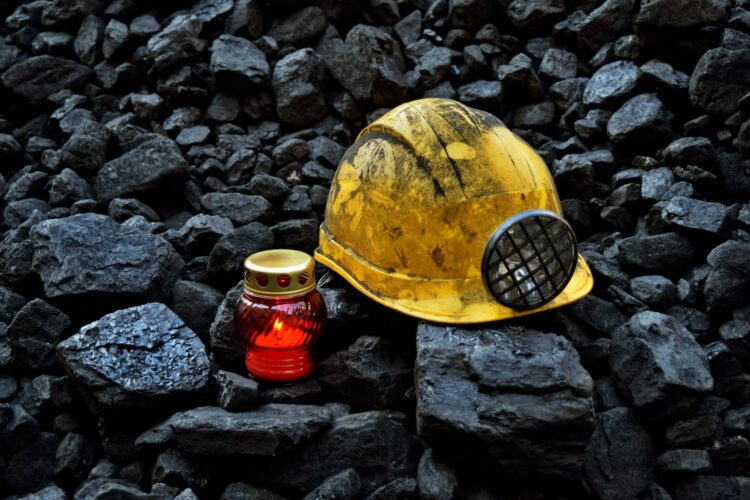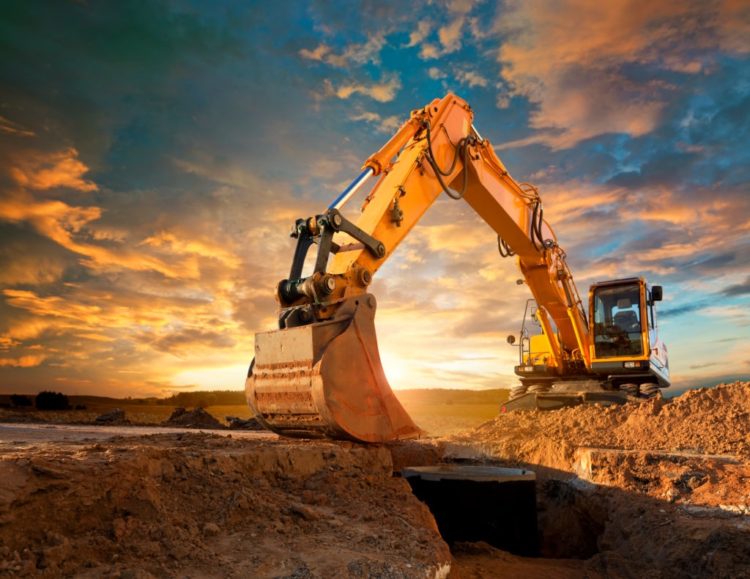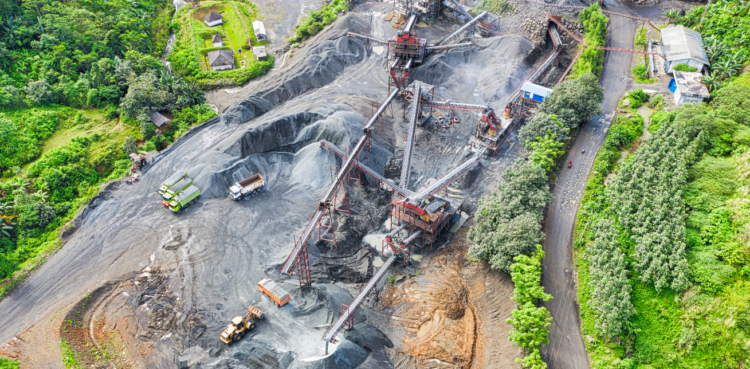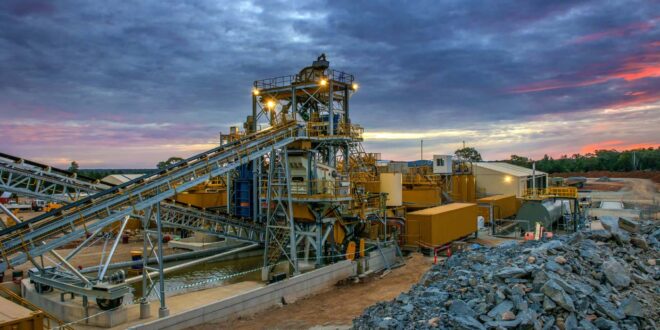The mining industry has significantly increased the productivity of its operations in the last few years. The reason for this is digitalization that has descended into underground mines around the world. And that proved to be a great solution, because today we can witness some fantastic transformations in production. So, efficiency is on a whole new level. However, it is necessary to continue in this manner, given that this industry faces great challenges on a daily basis. In such production conditions, there is no room for wasting valuable time in using machines that have not met all the requirements.
However, data analysis is constantly conducted and used in order to find the most efficient solutions. In this way, it is much easier to manage work tasks, achieve the necessary speed, plan ahead and reduce work delays. If you are interested in the consequences of this kind of thinking and progress in the mining industry, keep reading and learn all about the latest innovations and trends in the text.
1. Worker safety

Of course, the first priority is to provide workers with a safe working environment. That is why a lot of work has been done on optimizing performance in order to minimize the danger to their health. For these purposes, smart devices are used that can perform various functions. For example, the drone is quite common and can serve as a good scout. They are sent to search the mines and collect data. This has proven to be very successful, because in addition to checking the security of the area, they also offer a lot of other useful information. This refers to recording gas levels, identifying geological status and taking quality photos of mines.
Thanks to this device, people will not have to go down while exploring unknown areas when it is not necessary. Of course, the areas become very unpredictable even after excavations because there is a risk of collapse and there is no light. That is why many other devices are used and great efforts are made to create a new technology that can meet various challenges.
2. Equipment
When we talk about smart devices, we must not forget about their operation as a networked system. Thus, they are distributed by sectors in the mine and are intended for different purposes in relation to the needs of the business. In this way, smart sensors are connected to the equipment of workers, which contributes to improving the performance of their equipment. Thus, the industry saved a lot of time and money, and the vulnerability of workers was significantly reduced. AI provides companies with huge savings due to achieving greater digging point accuracy. Otherwise, bad assessments can occur, and digging in the wrong place leaves very expensive consequences.
Also, workers with this equipment can be sure to follow them in dangerous working conditions, because the equipment provides information about their location, readiness for work and potential risks. We must not forget about 3D modeling. It is an additional help to the workers, because in this way they have more information about the mine. They can access the created schemes of high quality. In this way, they are more familiar with most of its characteristics and there is less danger when it comes to undiscovered underground areas.
3. Law changes

Of course, with the advent of smart technology and networked systems, frequent hacker intrusions also appear. The greater the use of digital technology, the more data is exposed to cyber-attacks. However, experts have long since learned how to deal with these attacks and AI technology can be found in this industry as well. A data protection problem can arise if there is a misunderstanding between stakeholders. What it means?
Members must share certain intellectual qualities. Then there may be legal and regulatory challenges. The center of interest is data on the location of mines that have been collected and preserved by licensed technology. There is a lot of confidential information about worker productivity and overall production. For example, a manufacturer wishing to use this information for the purpose of promoting its equipment may endanger a mine operator. The solution to this problem is to strike a balance when it comes to privacy rights. And that is why many countries have brought legal and regulatory changes with the aim of safe use of data.
4. Development of transport equipment
Digital technology has also affected this sector of work. Thus, production stations are richer with automated and improved vehicles, drills and transportation systems. In this way, vehicles can very easily respond to any challenge of a dark and narrow mine, such as areas with tunnels. Then, self-driving trucks are used, and thanks to the improvements in AI, this kind of movement is safer and the possibility of transporting materials is greater. The human strength used for these purposes is no longer needed and thus greater productivity and security is achieved.
Since this production involves very high costs, automation can also see changes for the better when it comes to savings. The change is reflected at the operational, production and personnel levels.
5. Positive impact on the environment

When we talk about mining equipment, and especially about vehicles, we must mention this trend. We all know how harmful exhaust gases are to our environment and what health problems they cause. However, if we compare this danger with the underground space, we can notice much more serious consequences. This grows into a serious threat to operators and equipment, but we can leave internal combustion and diesel engines in the past. Vehicles are now being used that greatly mitigate these effects.
It is a transition to electric propulsion that significantly reduces operational, environmental and economic costs. If you are interested in how electric heavy machinery looks and works, visit fuchenglhd.com
6. 3D printer
3D technology services are widely represented in this industry. In addition to being used to better display the underground condition, creating schemes of undiscovered areas and similar things is equally used in 3D printing. So, this is a way to explore all the possibilities when it comes to making spare parts. This technology is an opportunity to make a huge number of parts on a daily basis. The traditional approach requires much more time and it can take months or a whole year to replenish stocks. This would create huge problems for companies, as it would slow down work and create costly downtime. There is also a great deal of freedom in creating the parts and the results are promising.
Conclusion:
Thus, the industry is constantly confronted with various challenges and successfully resists them. The goal is to eliminate unpredictable situations as much as possible, because that is a serious threat to efficient production. That is why every company strives to introduce as many innovations as possible into its production.
 Hi Boox Popular Magazine 2024
Hi Boox Popular Magazine 2024



